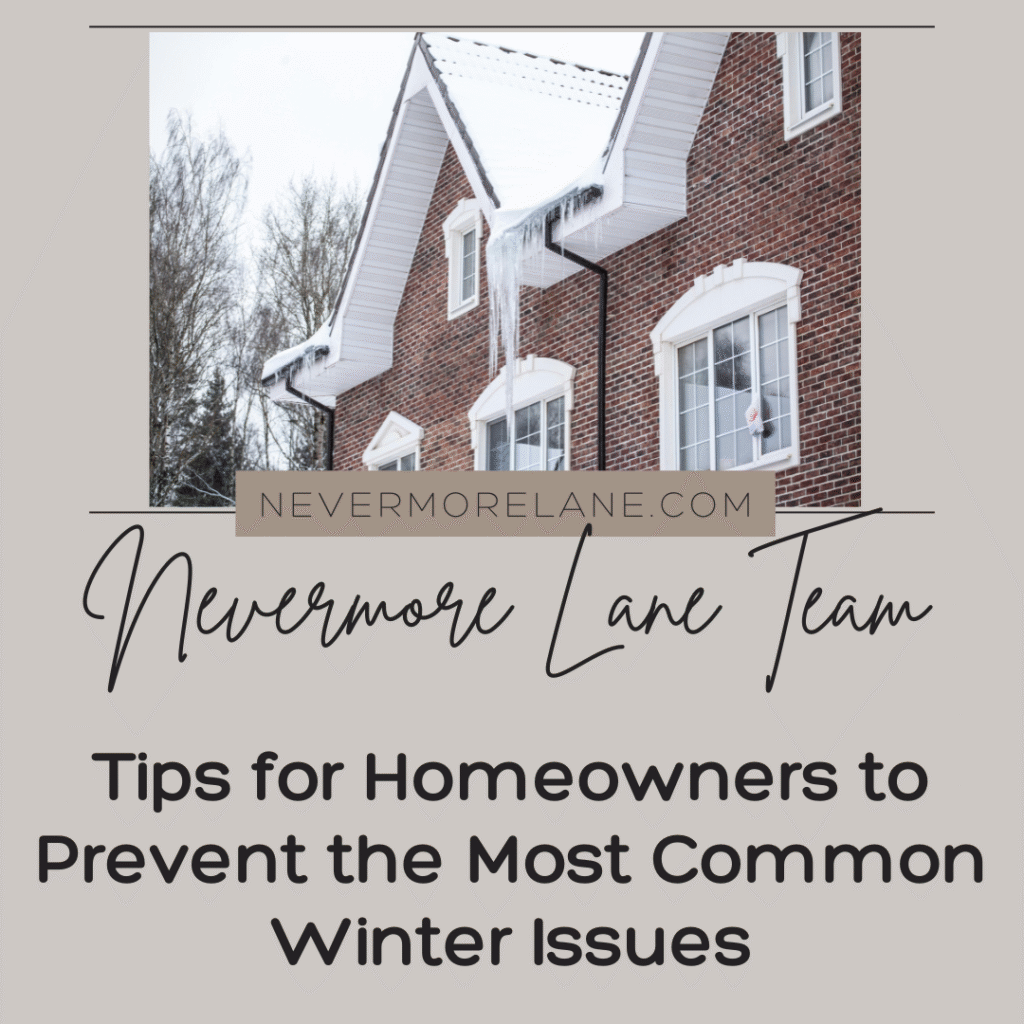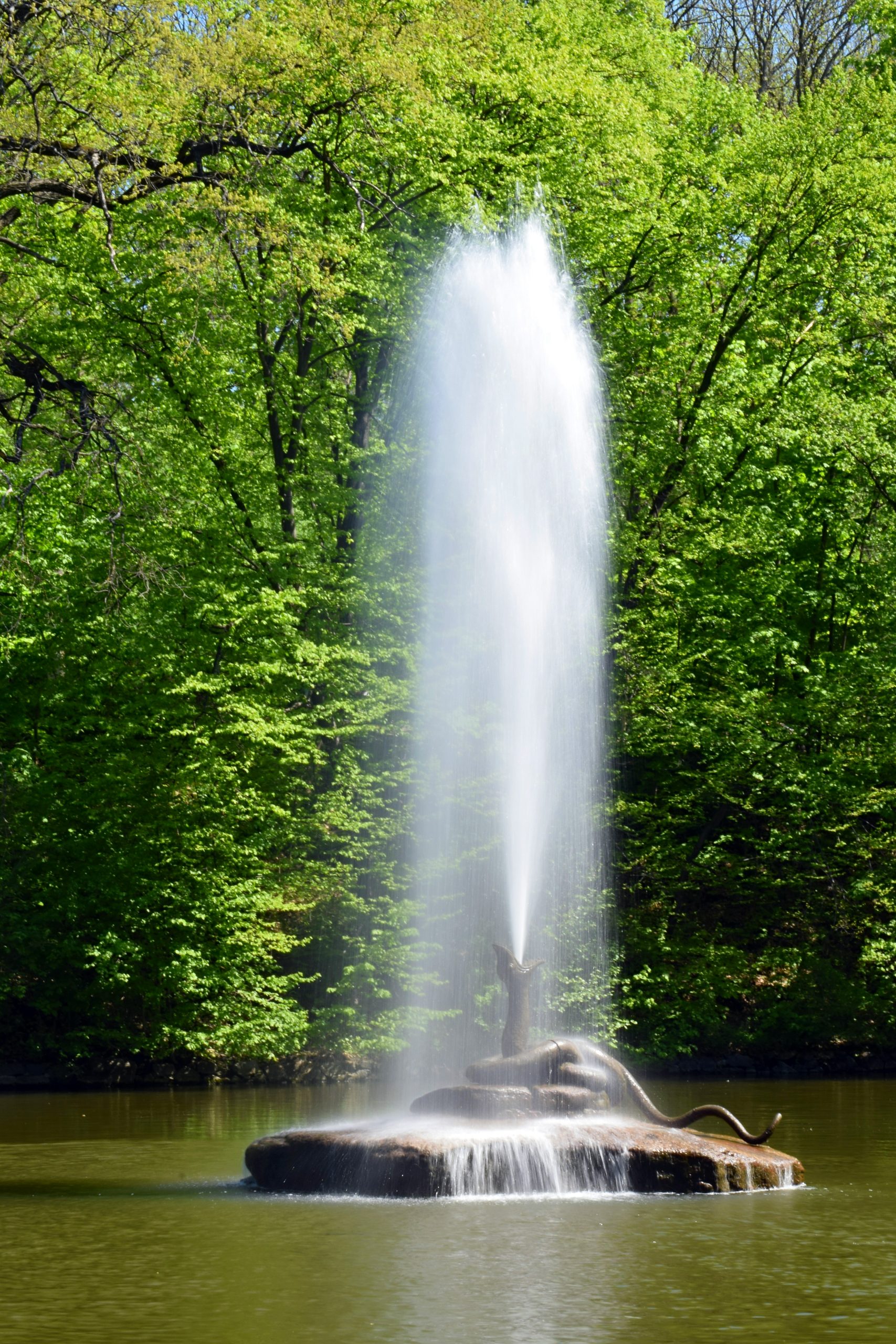Tips for Homeowners to Prevent the Most Common Winter Issues
The first freeze arrives without warning, and suddenly pipes burst in the attic, ice dams destroy gutters, and furnaces quit at midnight when temperatures plummet below zero. Winter transforms homes into battlegrounds where every vulnerable point becomes apparent through expensive damage that could have been prevented with simple preparation. The season shows no mercy to homeowners who assume their houses can withstand months of freezing temperatures, heavy snow loads, and relentless cold without proper winterization and maintenance. In northern cities like York, PA, and others where temperatures drop below freezing and snow is common, homes face greater risks of damage and discomfort.
Most winter home disasters follow predictable patterns that repeat every year across cold climate regions. Frozen pipes, ice dam formation, heating system failures, roof collapses from snow weight, and foundation cracks from freeze-thaw cycles top the list of costly problems that send homeowners scrambling for emergency repairs. These issues rarely appear as complete surprises to experienced property owners who understand how winter weather exploits every weakness in home construction and maintenance. The damage happens gradually through repeated exposure until systems fail catastrophically, often at the worst possible moment when repair services are overwhelmed and prices skyrocket.
Preventing common winter issues requires strategic preparation before temperatures drop and vigilant maintenance throughout the cold months. Simple actions taken in autumn protect homes from the majority of winter-related damage while providing peace of mind that systems will function reliably when needed most. Understanding which problems occur most frequently and why they happen empowers homeowners to target prevention efforts effectively rather than attempting to winterize every possible vulnerability with limited time and resources.
Ensure Your Pipes Don’t Freeze
In York, PA, temperatures often fall below freezing in December, which can cause unprotected pipes to freeze and burst. This is one of the most common and costly winter problems homeowners face. To prevent it, you’ll need to insulate exposed pipes in basements, attics, and crawl spaces. Keep a small trickle of water running from faucets during extreme cold, as moving water is less likely to freeze. It also helps to keep cabinet doors open so that warm air can reach plumbing under sinks. Never turn off your heat completely, even if you plan to be away. Maintaining at least a minimal indoor temperature helps protect pipes. Despite your best efforts, if you notice signs of frozen pipes or reduced water flow, contact an emergency plumber in York, PA, immediately to avoid serious damage.
Inspect and Service Your Heating System
Your heating system is your most important ally against the cold weather. Before winter starts, take time to inspect and service your furnace or heat pump. Replace old filters, clean air vents, and make sure your thermostat is functioning properly. It’s wise to schedule a professional inspection to ensure your heating unit runs safely and efficiently. Regular maintenance extends the life of your system and prevents sudden breakdowns during freezing nights. Ultimately, a well-serviced heating system will keep your home comfortable and your energy bills manageable.
Block Drafts
Drafts force your heating system to work harder, increasing energy use and reducing comfort. Inspect all windows and doors for gaps and cracks before winter sets in. Use weatherstripping, caulk, or draft stoppers to seal leaks. If your windows are older, consider using plastic film insulation to create an extra barrier against the cold. Closing curtains or blinds at night also helps retain heat. These small measures go a long way in maintaining a consistent indoor temperature and improving overall efficiency.
Clean Gutters and Check Roofs for Damage
When gutters are clogged with leaves and debris, melting snow has nowhere to go. This can lead to ice dams forming along the roof edges, which cause water to seep into walls and ceilings. Before the first snow, clean your gutters thoroughly and check that downspouts direct water away from the house. While you’re at it, inspect your roof for loose or missing shingles and any signs of wear. Addressing small repairs now can prevent leaks, water damage, and expensive repairs later.
Check Your Chimney and Fireplace
A warm fireplace can make winter nights more enjoyable, but safety should always come first. Before you start using your fireplace, have the chimney inspected and cleaned by a certified professional. Creosote buildup can ignite and cause chimney fires, while blockages can lead to dangerous smoke or carbon monoxide entering your home. Make sure the damper opens and closes smoothly and that the chimney cap is intact to prevent debris or animals from entering. Burn only dry, seasoned wood, and never leave a fire unattended. A clean and well-maintained fireplace not only adds warmth but also keeps your family safe throughout the season.
Protect Your Outdoor Equipment and Garden
When winter arrives, the cold can damage outdoor tools, furniture, and plants if they aren’t properly protected. Therefore, before the first frost, store garden hoses, sprinklers, and outdoor tools in a dry space such as a shed or garage. Disconnect and drain hoses completely to prevent frozen water from expanding and cracking them. Shut off exterior water valves and cover exposed faucets to protect them from freezing temperatures. Outdoor furniture should be cleaned, dried, and either covered with weather-resistant tarps or stored indoors to prevent rust and decay.
For gardens, apply a thick layer of mulch around plant bases to insulate roots from the cold. Delicate or potted plants can be moved indoors or wrapped with burlap to shield them from harsh winds. These small steps preserve your outdoor equipment while ensuring that your garden remains healthy and ready to thrive again when spring returns.
Inspect Attic Insulation and Ventilation
Attic insulation plays a major role in maintaining a stable indoor temperature during winter. When insulation is thin or poorly installed, warm air escapes through the roof, wasting energy and increasing heating costs. Take time to inspect your attic for gaps, thin spots, or areas where insulation looks compressed. Adding extra layers of insulation helps retain heat and prevents ice dams from forming on the roof.
Equally important is proper ventilation. Without good airflow, moisture can get trapped inside your attic, leading to mold and rot. Check that vents are clear and unobstructed. This combination of insulation and ventilation creates a balanced environment—warm enough to protect your home and cool enough to prevent condensation buildup.
Keep Walkways and Driveways Safe
Slippery walkways are one of winter’s most common hazards. Ice, snow, and freezing rain can make outdoor surfaces dangerous for both homeowners and visitors. Keeping your driveway and paths clear should be a regular part of your winter routine. Make sure you shovel snow early before it compacts or turns to ice. Use sand, salt, or de-icing products to improve traction and melt residual ice.
Inside your home, place mats near entrances to reduce moisture and mud being tracked indoors. Preventing slips and falls isn’t just about convenience—it’s about ensuring safety during a season when accidents are most likely to happen.
Winter challenges are inevitable, but they don’t have to disrupt your life. When you take proactive steps, you’re doing more than just preventing problems. You’re building responsible habits that strengthen your home year after year. A well-maintained home offers more than warmth; it brings peace of mind and resilience in any season. Remember, with every precaution you take, you’re protecting your property and simultaneously creating a safer, more dependable space for the people who matter most.
Protect Your Home Before Winter Strikes
Winter preparation separates homes that survive the season intact from those requiring expensive emergency repairs. Insulating exposed pipes, cleaning gutters, servicing heating systems, sealing air leaks, and inspecting roofs prevent the most common and costly winter problems. These tasks take hours but save thousands in damage repair.
Ongoing vigilance throughout winter catches small issues before they become disasters. Regular roof snow removal prevents ice dams and collapse. Maintaining consistent indoor temperatures stops pipe freezing. Monitoring for ice buildup and drainage problems allows early intervention. Small efforts compound into comprehensive protection.
The investment in winter prevention pays immediate returns through lower heating bills, prevented damage, and reliable home systems. Every action taken before the first freeze multiplies in value as temperatures drop and conditions worsen. Homes reward preparation with comfort, safety, and avoided catastrophes. Winter challenges every structure, but prepared homes emerge unscathed when spring finally arrives.
Photo by Sergey Platonov






